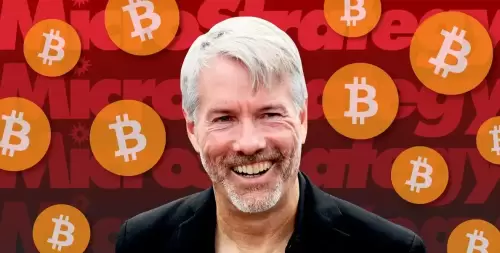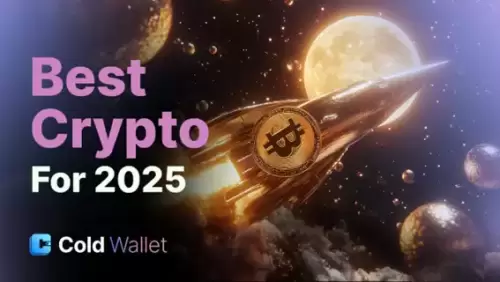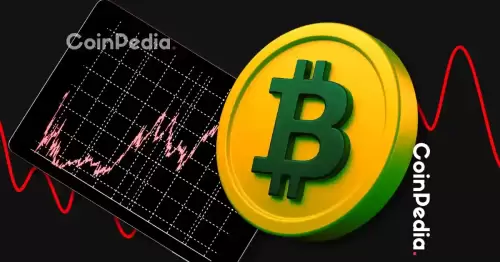 |
|
 |
|
 |
|
 |
|
 |
|
 |
|
 |
|
 |
|
 |
|
 |
|
 |
|
 |
|
 |
|
 |
|
 |
|
You probably know about stablecoins pegged to the US dollar, like USDC or USDT. They’re popular and widely used. But what if you live in Europe and want a stablecoin

In the burgeoning realm of digital assets, stablecoins, pegged to the US dollar, such as USDC and USDT, have emerged as ubiquitous units of account, commonly used for payments and value transfer. However, for individuals residing in Europe and prefering a stablecoin pegged to the Euro, or those engaged in business activities in Brazil and requiring a stablecoin based on the Brazilian Real, accessing these less common, non-USD stablecoins could present significant difficulties.
In the burgeoning realm of digital assets, stablecoins, pegged to the US dollar, such as USDC and USDT, have emerged as ubiquitous units of account, commonly used for payments and value transfer. However, for individuals residing in Europe and prefering a stablecoin pegged to the Euro, or those engaged in business activities in Brazil and requiring a stablecoin based on the Brazilian Real, accessing these less common, non-USD stablecoins could present significant difficulties.
Moreover, with the recent price rally in gold, many investors might wish to hold some of this tokenized asset in their portfolio, but not everyone has access to a vault to store physical gold.
Until recently, swapping your common USD stablecoins for these less common, non-USD stablecoins (or tokenized assets like gold) could be tricky, expensive, or just plain confusing. The digital currency world, while growing fast, was messy and disconnected, especially for currencies other than the US dollar.
This is where Stabull Finance enters the picture.
Stabull is a special kind of cryptocurrency exchange called a Decentralized Exchange (DEX), designed to be an automated, online currency exchange booth specifically designed for making swaps between different stablecoins – especially turning USD stablecoins into other global currency stablecoins – simple, cheap, and fast.
Let’s explore the problems Stabull solves and exactly how it makes these global stablecoin swaps so much easier.
A Few Problems Faced By Earlier Solutions
Before platforms like Stabull, swapping stablecoins, especially non-USD denominated ones, faced several hurdles:
* Scattered Liquidity: Each exchange would only have a few stablecoin pairings, like USDC/USDT or USDC/TRYB. To swap, for example, KRWQ (Korean Won) to NZDS (New Zealand Dollar), you might need to go through three exchanges, each with high minimum trade amounts.
* High Minimum Trades: To keep their automated market makers (AMMs) liquid, exchanges usually had high minimum trade amounts for less common stablecoins, requiring large sums for even a single swap.
* efficient AMMs, leading to price slippage on large trades and rendering it economically unviable for users to perform multi-hops.
* High Fees: Since most exchanges charged a flat fee per transaction, a multi-hop path for a single swap could rack up hefty fees, especially if the user was starting with a smaller amount of USD-denominated stablecoin.
* Access Barriers: Some exchanges might require lengthy Know Your Customer (KYC) procedures to open accounts, while others might not list the desired stablecoins or have limited geographic access.
In short, the world needed a better bridge – a place to easily connect the dominant USD stablecoins with the growing number of stablecoins representing other world currencies and tokenized assets.
Introducing Stabull: A Unified Hub for Stable Swaps
This is where Stabull comes in. It’s a Decentralized Exchange (DEX) designed specifically for stablecoins and tokenized Real World Assets (RWAs) like gold.
Bringing Everything Together (Unified Platform & Aggregated Liquidity)
Unlike searching across many platforms, Stabull brings together numerous stablecoins in one place. It uses a system where most non-USD stablecoins are directly paired with a major USD stablecoin, primarily USDC, within "liquidity pools."
For instance, you’ll find direct pairings like USDC/TRYB, USDC/KRWQ, USDC/NZDS, and so on. This multi-chain architecture enables users to conveniently perform stablecoin swaps in a single transaction, keeping the entire process efficient and cost-effective.
The platform also aggregates liquidity from various sources, ensuring there’s always enough to fill even large orders without causing significant price impact.
Smart Trading Technology (Oracle-Powered AMM)
Stabull isn’t just a simple marketplace; it uses advanced technology called an Automated Market Maker (AMM) specifically tuned for stable assets. This is what makes the swaps cheap and accurate.
Each liquidity pool on Stabull is powered by an oracle that tracks the mid-market price of the two assets in the pool. When a user wants to make a swap, for example, from USDC to TRYB, Stabull’s AMM calculates the optimal exchange rate based on the oracle prices and the current liquidity in the pool to ensure fair and competitive pricing.
Lower Costs (Fees and Multi-Chain Strategy)
Stabull tackles the cost problem head-on:
- Minimal Transaction Fees: Each transaction on Stabull is subject to a flat 0.15% fee, charged in the output token. For instance, if a user exchanges 1,000 USDC for TRYB and the transaction is successful, a fee of 1.50 USDC will be deducted from the output token amount, with the user receiving the remaining 998.50 TRYB.
- Multi-Chain Architecture: Stabull supports multiple blockchains to keep transaction
Disclaimer:info@kdj.com
The information provided is not trading advice. kdj.com does not assume any responsibility for any investments made based on the information provided in this article. Cryptocurrencies are highly volatile and it is highly recommended that you invest with caution after thorough research!
If you believe that the content used on this website infringes your copyright, please contact us immediately (info@kdj.com) and we will delete it promptly.






























































